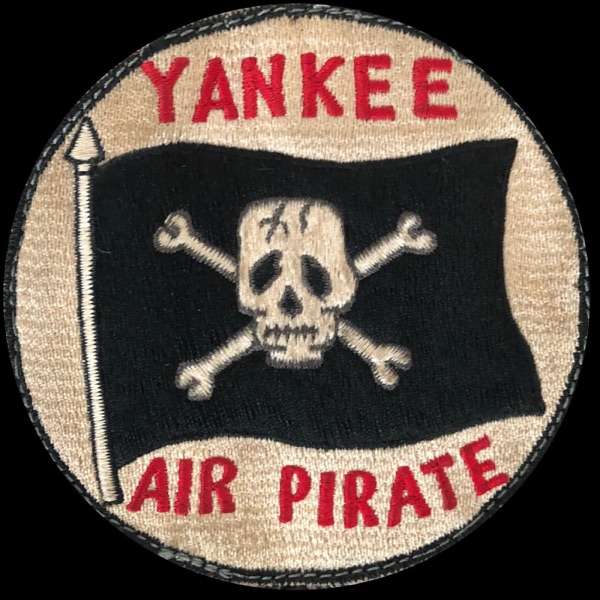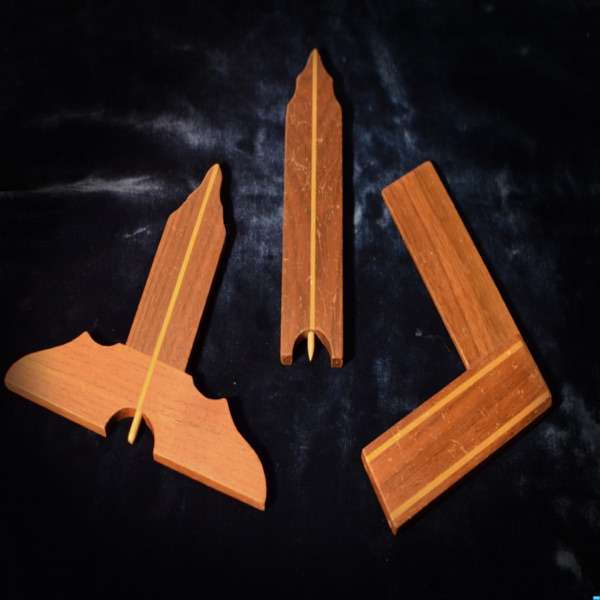Installed in 1974, just in time for the World's Fair Exposition in Spokane, Washington, this iconic structure has delighted children and adults visiting the Inland Northwest for generations—but it isn't the canted pavilion that once marked the US presence at the fair, or the gondola across Spokane Falls that takes visitors so close they can feel the spray on their faces, or even the German beer garden facility that now houses the 1909 Looff Carrousel (which is on the National Register of Historic Places). No, those destinations in Riverfront Park are amazing remnants of a global event that drew 5,187,826 visitors, including US presidents, foreign dignitaries, and Hollywood stars. Those icons, still in use today, are enthralling…the one we're talking about, some might say, kind of sucks.Spokane's famous Garbage Goat has kept its corner of the park free of debris for nearly 50 years. I happen to have a long relationship with the burnished Bovidae. Growing up in Spokane, we often visited our voracious friend…taking pictures, goofing around, and searching for anything we could possibly find to satiate its never-ending hunger. And when we ran out of trash, nearby leaves and sticks would fall victim to the goat. And sometimes…once in a great while…Spokane's garbage goat would even suck the mitten right off some poor unsuspecting child's hand.To really tell the story right, we have to go back to the early 1960s, when Seattle held its Century 21 World's Fair exposition in 1962. I'll cover that story in a future podcast episode for sure, but for now let's just remember that the fair was a huge success, bringing nearly 10 million people, revitalizing Seattle's economic and cultural life, and leaving behind the Space Needle, the monorail, several sports venues and performing arts buildings, and—unlike some other world's fairs of its era—making a profit for the city. By comparison, little old Spokane wasn't sure it could duplicate the success of its westside counterpart. But hey…if you're going to dream, dream big!The theme of the 1974 World's Fair was Ecology, and every pavilion—from the USSR to the Japanese, the South Koreans to Canada, Australia, Iran, West Germany, and the Philippines—all of them were focused on some sort of environmental theme. And a more fitting location for an environmental fair would be hard to find, what with the natural beauty of the Spokane River cutting right through the middle of the festivities, and the falls creating a constant cacophony of environmental ambiance.On May 4, 1974, President Richard M. Nixon presided over the opening of Expo '74, the Spokane World's Fair. Spokane's population at that time was about 170,000, making it the smallest city ever to host a world's fair. When Nixon formally declared the Fair open, officials released 50,000 balloons into the sky (which is funny, given the Fair's environmental theme. Lord only knows where those ended up; they don't just vanish, after all).Portions of the speech made by President Richard Nixon at the Opening Ceremony. Footage courtesy of Dr. Larry Cebula, edited by Anna Harbine. Information from Cory Carpenter, “When Nixon Came to the Fair,” Spokane Historical, accessed March 5, 2023, https://spokanehistorical.org/items/show/384.To make room for the US Pavilion, the iconic structure that still looms large over Riverfront Park today, city officials had to tear down the historic 1902 Great Northern railroad depot on Havermale Island. The only remnant that remained from Spokane's earliest railroad days is the 155-foot-tall clock tower, which quickly became another beloved piece of Spokane's downtown skyline.In the years leading up to the '74 world's fair, most of the Spokane community was either dead set against it or totally committed to it. There were very few residents with ambivalent attitudes. One of the more committed members of the community was a Catholic named Sister Paula Mary Turnbull,

 Our TOPPODCAST Picks
Our TOPPODCAST Picks  Stay Connected
Stay Connected







